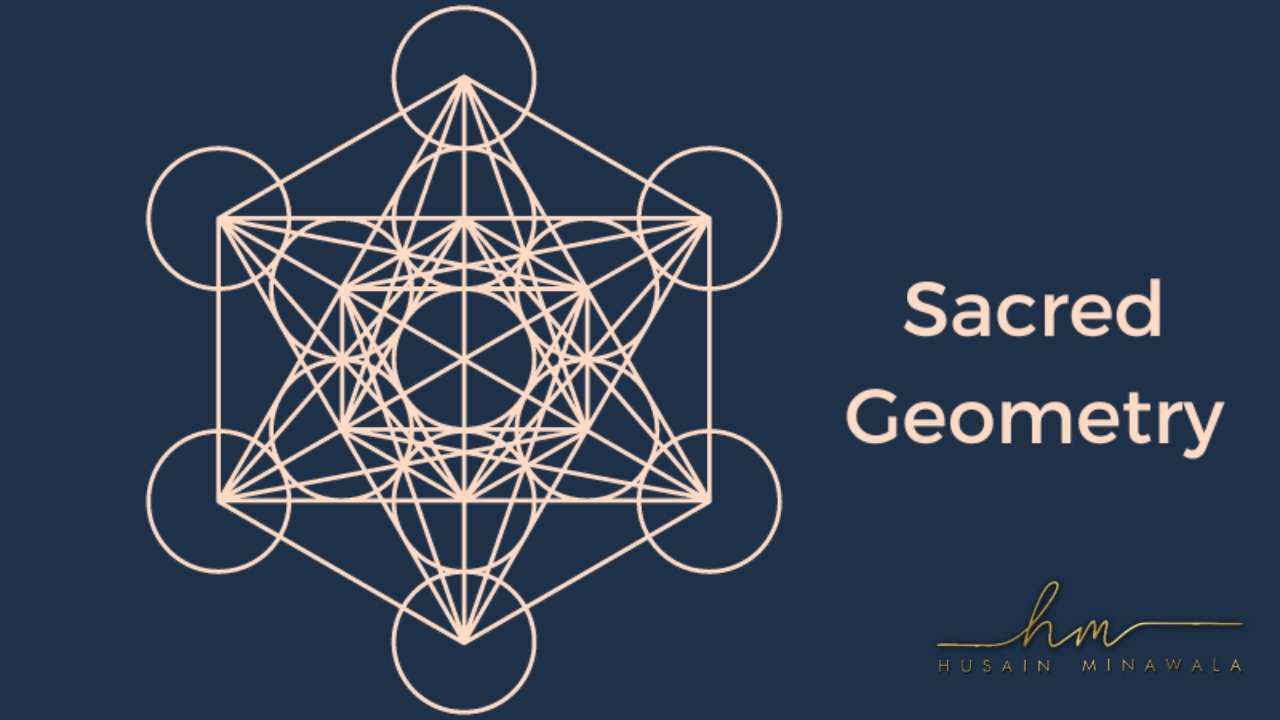
Sacred Geometry: Understanding the Patterns, Shapes and Their Meanings
Sacred geometry is a fascinating field of study that has been around for centuries. It is the study of geometric patterns, shapes, and symbols that have spiritual and symbolic meanings. These patterns and shapes can be found in nature, art, and architecture. In this blog, we will explore the world of sacred geometry, its patterns, shapes, and meanings.
What is Sacred Geometry?
Sacred Geometry is an ancient practice that involves using patterns, shapes, and mathematical principles to create beautiful, harmonious, and balanced structures, designs, and experiences. It is based on the idea that certain shapes and patterns have universal significance and power, and can be found throughout the natural world.
Sacred Geometry
One of the most important aspects of Sacred Geometry is patterns. These patterns can be seen in everything from the spiral of a seashell to the hexagonal shape of a beehive. They are often used to create a sense of balance, harmony, and unity.
For example, the Flower of Life is a complex pattern made up of overlapping circles and is said to represent the interconnectedness of all things. This pattern has been used in many different spiritual traditions and is often seen as a symbol of unity and harmony.
Another pattern often seen in Sacred Geometry is the Fibonacci sequence, which is a series of numbers where each number is the sum of the two preceding numbers. This sequence can be found throughout the natural world, from the branching of trees to the arrangement of petals on a flower.
Shapes in Sacred Geometry:
Another important aspect of Sacred Geometry is shapes. Certain shapes are seen as having universal significance and power and can be used to create harmonious and balanced structures and designs.
The circle is one of the most important shapes in Sacred Geometry, representing wholeness and completeness. Circles can be used to create sacred spaces, such as the circular design of many temples and churches.
The triangle is another important shape in Sacred Geometry, representing balance and stability. Triangles can be used to create strong and stable structures, such as the pyramids of Egypt.
The spiral is another shape often found in Sacred Geometry, representing growth, transformation, and evolution. Spirals can be seen in everything from the spiral of a seashell to the spiral of a galaxy. They can be used to create a sense of movement and energy, as seen in the spiralling design of many labyrinths.
Meanings of Sacred Geometry:
The shapes and patterns found in sacred geometry have spiritual and symbolic meanings. The Flower of Life represents the interconnectedness of all things, the Seed of Life represents life and growth, and the Vesica Pisces represents the union of opposites. The Platonic Solids represent the elements of nature and the building blocks of the universe. These shapes and patterns are considered sacred because they have been used for centuries to create spaces and objects that inspire and uplift the human spirit.
Why is Sacred Geometry Important?
For many people, Sacred Geometry offers a way to connect with the natural world and tap into a deeper sense of meaning and purpose. By studying and understanding these shapes and patterns, we can gain insight into the underlying principles of the universe and our place within it.
Sacred Geometry is also used in many different fields, from architecture to art and design. Many architects use Sacred Geometry principles to create buildings that are not only aesthetically pleasing but also functional and sustainable.
In conclusion, Sacred Geometry is a fascinating field of study that offers insight into the underlying principles of the natural world. It can be used to create beautiful and harmonious designs and structures and can help us connect with a deeper sense of meaning and purpose. So why not explore the patterns and shapes of Sacred Geometry and discover the beauty and power they hold?
Meet Husain Minawala – Sacred Geometry Specialist!
Book an Appointment Now!!!
